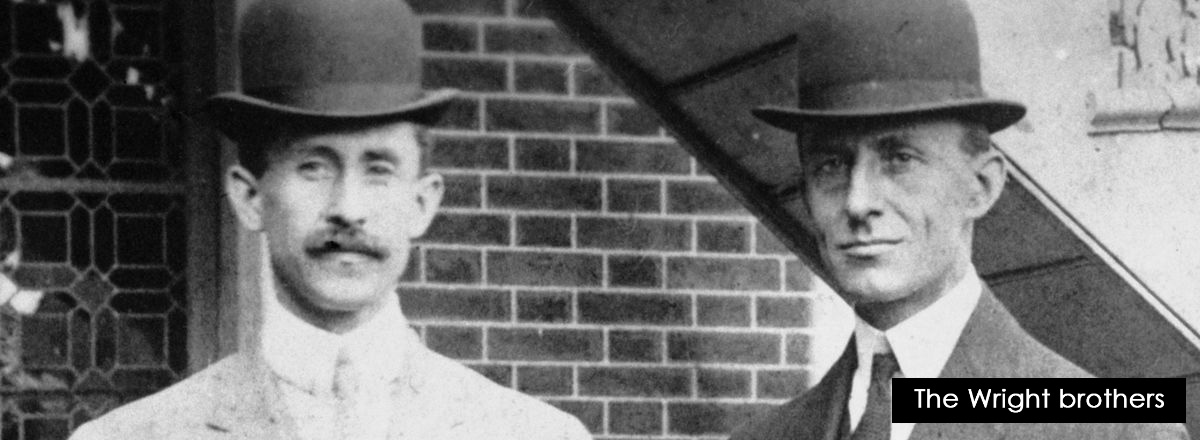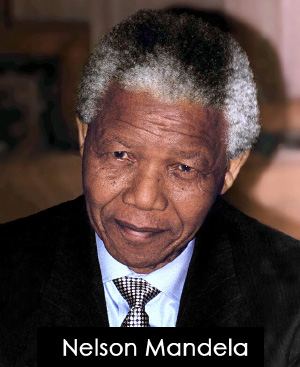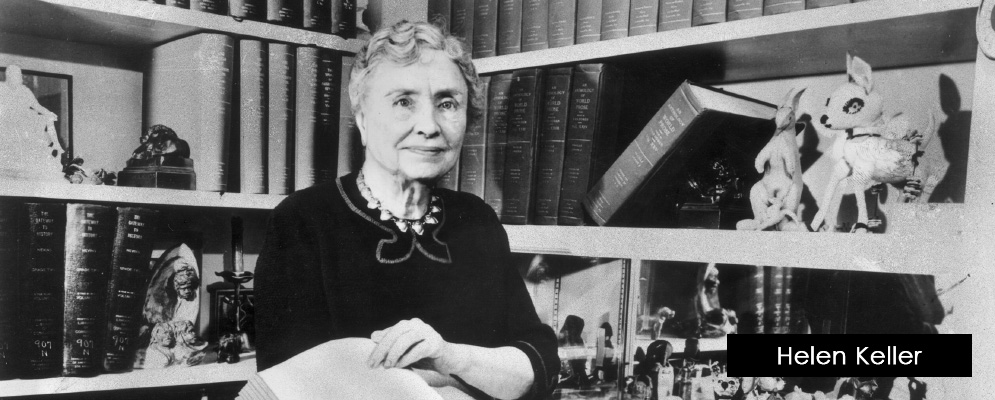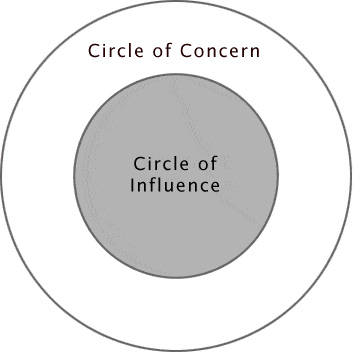Ever found yourself avoiding problems instead of tackling them head-on? Well, you’re not alone! Many of us tend to dodge problems, but today, I want to show you how you can transform yourself into a skilled problem solver by mastering the art of problem-solving.

Dietmar Sternad’s book, “Solve It! The Mind set and Tools of Smart Problem Solvers”, is an excellent guide to help shift your mindset from being a problem-dodger to a bona fide problem-solver. Here are some of the key ideas mentioned in the book:
Key Idea No. 1: Have a problem-solving mindset
In a world filled with challenges and obstacles, there are two distinct mindsets that individuals often adopt when facing adversity: optimism and pessimism. The way we perceive problems and our ability to solve them can have a profound impact on our lives.
Optimism is a powerful force that propels individuals to believe in the possibility of solving problems, no matter how impossible they may seem. Think about the Wright Brothers, who were determined to achieve human flight at a time when it seemed like an impossible dream. Their unwavering belief in their abilities ultimately led to the invention of the airplane.

Likewise, Nelson Mandela‘s journey to dismantle the apartheid system in South Africa was fueled by optimism. In the face of racial segregation and discrimination, he remained resolute in his conviction that change was not only possible but necessary. Optimists like Mandela view challenges as opportunities for growth and positive transformation.

On the flip side, adopting a victim mind set can be detrimental to problem solving. This mindset often involves blaming others and feeling powerless in the face of adversity. While it may provide a temporary sense of comfort, it does little to address the underlying issues.
Consider the remarkable story of Helen Keller, a young girl who was both blind and deaf. Instead of resigning herself to victimhood, she chose to be a smart problem solver. Keller’s determination and resilience led her to become an author, disability rights advocate, political activist, and lecturer. Her story serves as a testament to the incredible power of shifting from a victim mindset to a problem-solving mindset.

So, what does it mean to be a smart problem solver? It means refusing to accept defeat and instead asking, “What can I do to change things for the better?” Smart problem solvers do not shy away from challenges; they embrace them as opportunities for personal growth and positive change.
While it’s true that problem-solving is not always easy and may come with its fair share of challenges, these challenges are precisely what define a problem in the first place. The difference lies in how we perceive and approach them. Instead of viewing obstacles as overwhelming roadblocks, smart problem solvers see them as stepping stones to success.
In conclusion, every problem has a solution, but it requires the right mindset to uncover it. Embracing optimism and adopting a smart problem-solving approach can empower you to conquer even the most formidable obstacles. So, the next time you encounter a challenge, don’t utter the words, “There’s nothing I can do about it.” Instead, ask yourself, “What can I do to change things for the better?” Take control of your situation and watch as problems transform into opportunities for growth and positive change.
Key Idea No. 2: Focus on What You Can Influence
We all encounter various issues in our lives, at work, in our personal lives, and within our communities. It’s part of the human experience to be confronted by problems, and they can range from trivial inconveniences to deeply impactful issues.

Smart problem solvers understand a fundamental truth articulated by Stephen Covey: the concept of the ‘circle of concern.’ This circle encompasses all the issues and problems that you encounter, both directly and indirectly. However, not everything within this circle is worth your emotional energy and attention. It’s simply not feasible to change or control everything that falls within it.
To determine whether a problem is worth addressing, apply a simple two-step test:
- Importance: Ask yourself, “Is this issue genuinely important to me?” In other words, does it have a direct impact on your life or your pursuit of vital goals? If an issue doesn’t significantly affect you, it might just be a circumstance rather than a genuine problem.
- Control: Consider whether you can actually do something about the issue. Can you influence the outcome or make a meaningful change? If the answer is no, then worrying about it is unlikely to be productive.
Let’s illustrate this with an example: Imagine you have a colleague who constantly criticizes your organization’s leadership. Applying the importance test, you need to ask yourself whether these criticisms are hindering your vital goals and values. If they’re not directly affecting your ability to achieve what matters to you, then they might just be noise in the background.

Next comes the control test. Can you realistically change your colleague’s tendency to complain about leadership decisions? In most cases, the answer is probably no. People have their perspectives and opinions, and changing them is often beyond your control. So why invest your precious time and emotions worrying about it?
Smart problem solvers make a conscious choice to focus on their ‘circle of influence.’ These are the areas where they can wield their expertise, make a tangible difference, and effect meaningful change. It’s not about ignoring the larger problems in the world, such as climate change, but rather allocating their energy and efforts toward aspects they can influence.

In adopting this approach, you can free yourself from unnecessary worry and stress. You become a more effective problem solver, directing your resources toward what truly matters to you and where you can make a positive impact.
So, the next time you encounter a problem, ask yourself: Is it important to me, and do I have the power to change it? By doing so, you’ll become a smarter problem solver and lead a more focused, purposeful life.
Key Idea No. 3: Clarify; Cause; Create; Choose & Commit
Becoming a master problem solver is a valuable skill that can enhance various aspects of your life, from personal challenges to professional endeavors. The formula of “Clarify; Cause; Create; Choose; and Commit” provides a structured approach to problem-solving that can be applied to virtually any situation. Let’s break down each step and make them actionable:
- Clarify: Start by clearly defining the problem. Write it down to stimulate deeper thinking. Identify your desired outcome, but be open to “good enough” solutions. Consider the goals and perspectives of stakeholders involved.
- Cause: Gather solid information to understand the problem thoroughly. Create a tree diagram of possible causes. Formulate hypotheses but remain open to new information. Treat hypotheses like suspects in a mystery; gather data to confirm or disprove them.
- Create: Eliminate limitations and constraints; think freely. Seek inspiration from others who have faced similar challenges. Utilize idea generation techniques like brainstorming, reverse brainstorming, logic trees, and mind maps.
- Choose: Generate a list of potential solutions. Evaluate solutions based on their potential impact and ease of implementation. List the pros and cons of each remaining solution. Consider the best and worst-case scenarios for each solution. Align your choices with your overarching goals.
- Commit: Break down your chosen solution into actionable steps. Set milestones and create a task list. Ensure your tasks are SMART (Specific, Measurable, Achievable, Relevant, and Time-bound). Embrace the possibility of failure as part of the learning process. Review outcomes, celebrate progress, and learn from any setbacks.
By following these actionable steps, you can tackle problems with a structured and effective approach. Remember that problem-solving is not about finding a quick fix but embarking on a learning journey. Be adaptable and open to adjustments as you gain insights along the way. Mastery of problem-solving is a skill that can lead to greater success in both your personal and professional life.
Key Idea No. 4: Use the Power of Your Unconscious Mind

When faced with a challenging problem, resist the urge to push through relentlessly. Step away from the problem for a while. Go for a walk, engage in a hobby, or simply relax. Your unconscious mind continues to work even when you’re not actively thinking about the issue.
Our unconscious mind is a hidden powerhouse for solving problems. It operates silently in the background, tirelessly churning through information and possibilities, even when we’re not consciously focused on the issue at hand. It’s a resource that smart problem solvers have learned to harness effectively.
Visionaries like Albert Einstein and creative geniuses like J.K. Rowling found answers to their most complex questions during moments of relaxation or creative pursuits. These instances emphasize the profound importance of giving our brains the time and space they need to tap into the power of the unconscious mind when facing daunting challenges.
So, what can you do to actively engage with this hidden problem-solving resource within you? Here are some actionable steps:

Embrace Creative Activities: Engage in creative activities like painting, playing a musical instrument, or writing. These pursuits stimulate your mind in unique ways, often leading to unexpected breakthroughs. Creative activities provide an outlet for your thoughts and emotions, allowing your unconscious mind to work its magic in the background.
Take Breaks with Purpose: Instead of pushing through a problem endlessly, schedule intentional breaks. Step away from your work, go for a walk, or simply relax. During these moments of relief, your unconscious mind continues to process information and generate insights. Trust that it’s still at work, even when you’re not actively thinking about the problem.
Set the Right Mind set: Develop a problem-solving mind set that includes giving your brain the time it needs to relax and tap into the thinking power of your unconscious mind. Remind yourself that it’s okay to step away momentarily and let your subconscious work on the puzzle.
So, next time you find yourself facing a challenging problem, remember that your unconscious mind is a valuable ally. It’s not just about pushing harder; it’s about working smarter. Engage in creative activities, take well-placed breaks, and cultivate a problem-solving mind set that leverages the immense power of your unconscious. By doing so, you’ll enhance your ability to tackle complex issues and find innovative solutions you might have otherwise missed.

In conclusion, effective problem-solving is a valuable skill that can be honed over time. From embracing an optimistic problem-solving mind set to focusing on what truly matters within your circle of influence, from following a structured problem-solving process to harnessing the power of your unconscious mind, “Solve It” provides a roadmap to success. If you’re ready to transform challenges into opportunities, take control of your circumstances, and lead a more purposeful life, then this book is a must-reed.
Click here to explore further and embark on your journey to becoming a master problem solver. Don’t miss out on the chance to unlock your full problem-solving potential and achieve the success you deserve.

Leave a Reply